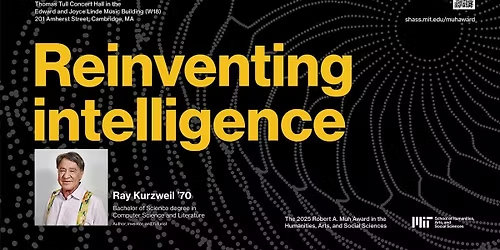
About this Event
Armenia has traditionally been a Russian ally in the South Caucasus. It is a Collective Security Treaty Organization and the Eurasian Economic Union member. In April-May 2018 Armenian nationwide protests toppled the authoritarian regime. One remarkable aspect about the Armenian Revolution was Russian reaction to it. Russian responses were quite muted, and Russian President Putin was the first leader to congratulate Revolution leader Pashinyan. Russian responses contradicted its promulgated policies: its National Security Strategy in 2015 identified ‘coloured revolutions’ as a security threat.
My hypothesis is that international structural constraints on Armenia were the root cause of Russian non-interference.
My second hypothesis is that Kremlin policy-makers’ perception of the Armenian Revolution prevented the Russian interference.
My sources include interviews, official statements, publications of research centers and institutes, public opinion surveys.
My findings conclude that Armenia’s international structural constraints largely determined the Russian responses. Furthermore, thanks to absence of foreign policy slogans in the movement, the Armenian Revolution was perceived as different from other color revolutions. However, I also found some evidence, which did not correspond to my initial assumptions: some findings suggest there might be additional factors at play such as the Russian lack of capacity and timing to interfere.
Event Venue & Nearby Stays
CGIS South, 1730 Cambridge Street, Cambridge, United States
USD 0.00












